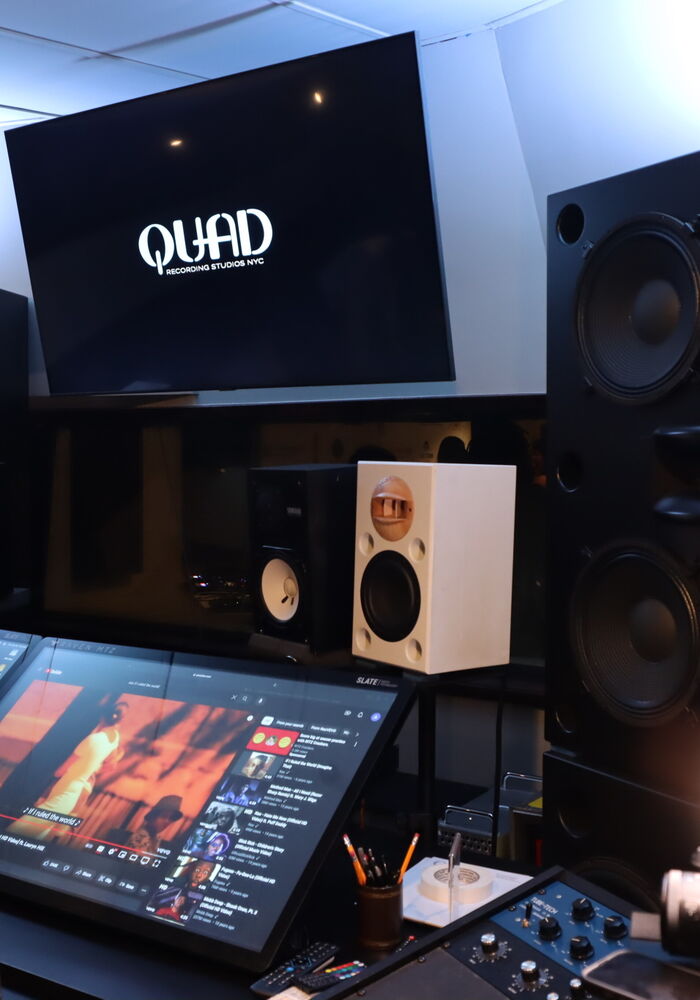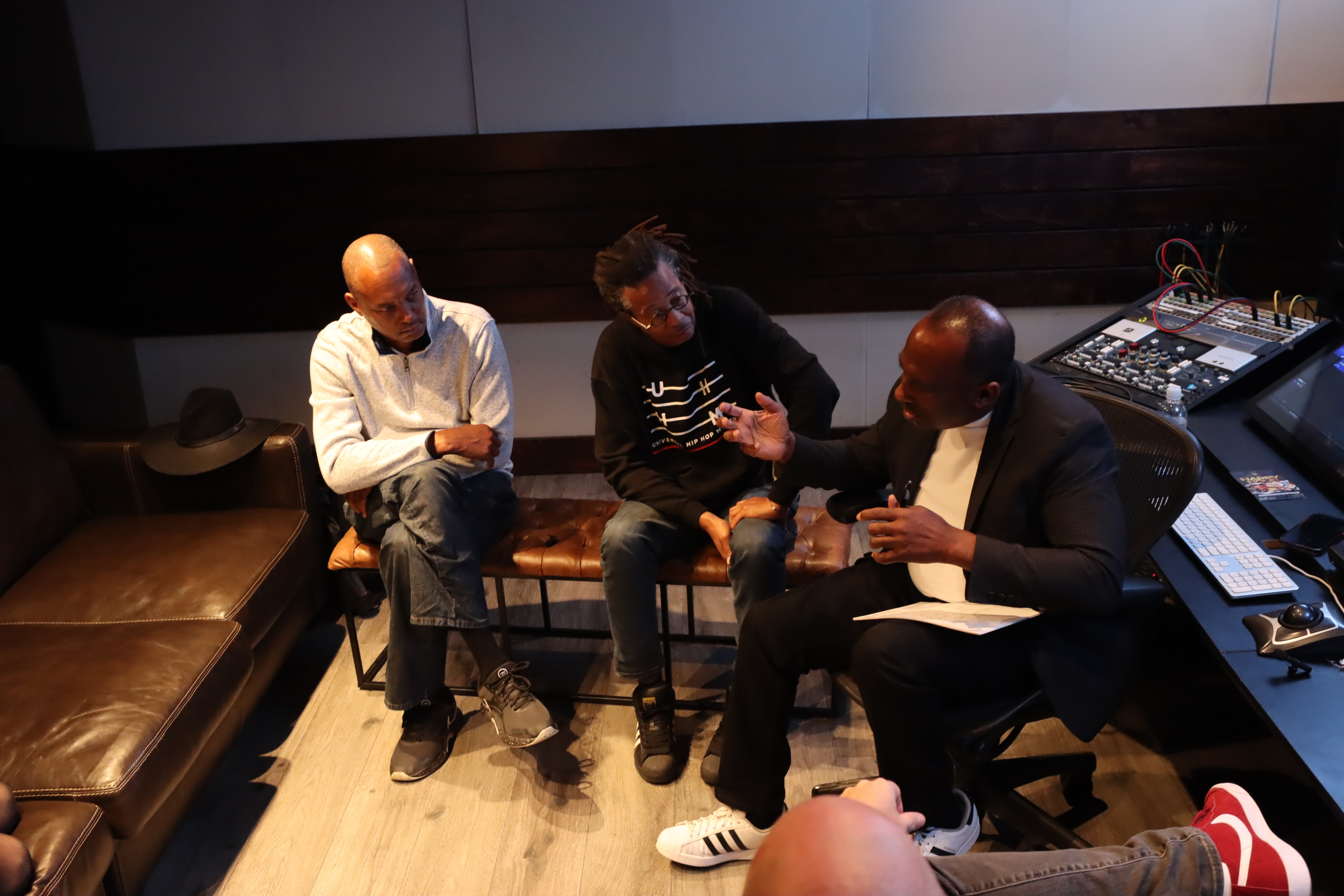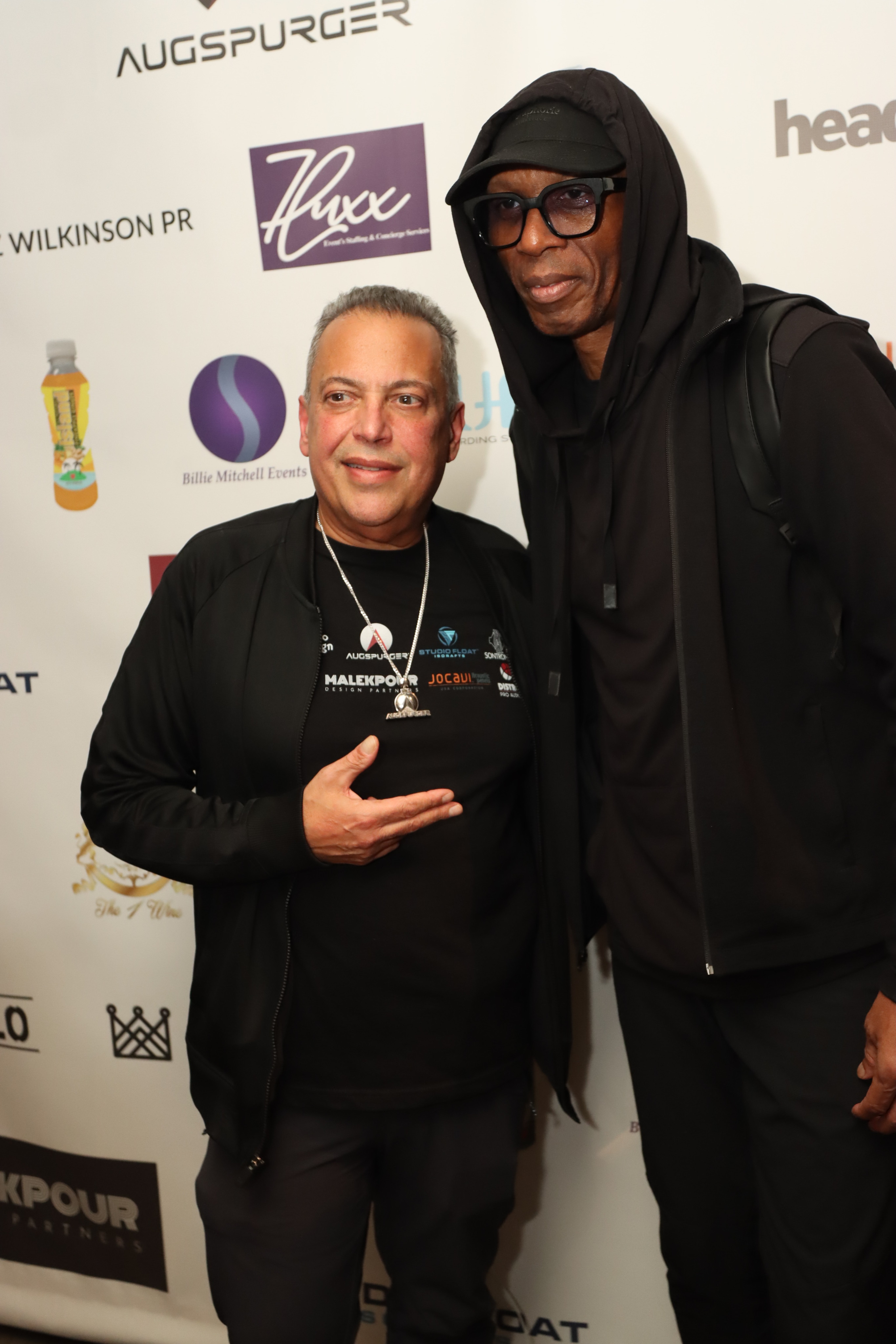The Hip Hop Museum’s Reggie Peters (director of marketing and visitor services), Eric Orr, (artist in residence and gift shop manager) and Elai Tubo (sound curator and engineer) reflect on 50 years of hip hop from NYC's iconic Quad Studios, explain the concept of The Hip Hop Museum – located at the birthplace of hip hop in the South Bronx – the growing mainstream popularity of the genre, the evolution of studio technology, why hip-hop is a reflection of the human experience, and how Augspurger® Monitors have shaped hip hop as we know it.
To understand hip hop’s rise to becoming one of the most culturally influential music genres on the planet – like most good stories – one must go back to the very beginning.
While it existed for several years prior to mainstream discovery in the early ‘70s, originating from African American culture in the Bronx, New York City, hip hop started life simply with young men and women doing what they love – making music that got people on their feet.
The early pioneers – the likes of DJ Kool Herc, Afrika Bambaataa, and Grandmaster Flash – were not necessarily well versed in sound design, yet their expertise in building DIY sound systems that brought a new vigour to the local party scene and their newly-discovered scratching skills as DJs placed them firmly on the map as the coolest new wave of artists. Techniques perhaps considered mainstream today had never been seen or heard before; suddenly truly visceral art was being created on a shoestring budget out of necessity.









